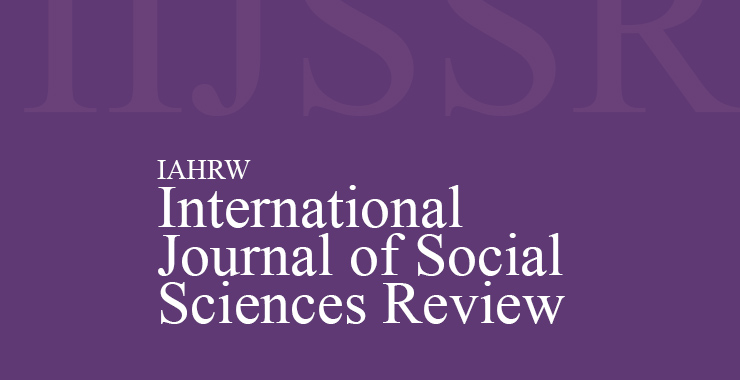The Burden of Loneliness among Elderly: An Empirical Study
Original price was: ₹ 201.00.₹ 200.00Current price is: ₹ 200.00.
Page: 200-203
Lakshmi Pandey (Department of Psychology, T.M. Bhagalpur University, Bhagalpur, Bihar)
Description
Page: 200-203
Lakshmi Pandey (Department of Psychology, T.M. Bhagalpur University, Bhagalpur, Bihar)
Social isolation and loneliness are increasingly being recognised as a priority public health problem and policy issue for older people. The WHO (2021) report on social isolation and loneliness highlights the widespread impact of these issues on health and well-being, particularly among older adults. According to the 2011 Census of India, the elderly population (aged 60 & above) was recorded at 104 million. This represented about 8.6% of the total population of the country at that time. The study aimed to observe the perceived loneliness among elderly population in the state of Bihar. A group of 200 elderly people were selected and equally divided into two groups- younger elderly and older elderly. Further, it was equally divided into two groups-single elderly and couples. The proportion of male and female was 50: 50. A standard personal data sheet and loneliness scale developed by Mrinal and Singh (2004) in Hindi, were used to collect responses in this study. According to the study’s findings, older people’s reported levels of loneliness varied significantly depending on their age, marital status, and gender. The findings support the notion that older seniors had higher levels of loneliness than younger seniors. In addition, older people who were alone felt more alone than those who were in a partnership, and older women felt more alone than older men. This study serves as a critical resource for policymakers, care home administrators, and healthcare providers in developing and implementing effective strategies to combat loneliness in these settings.

